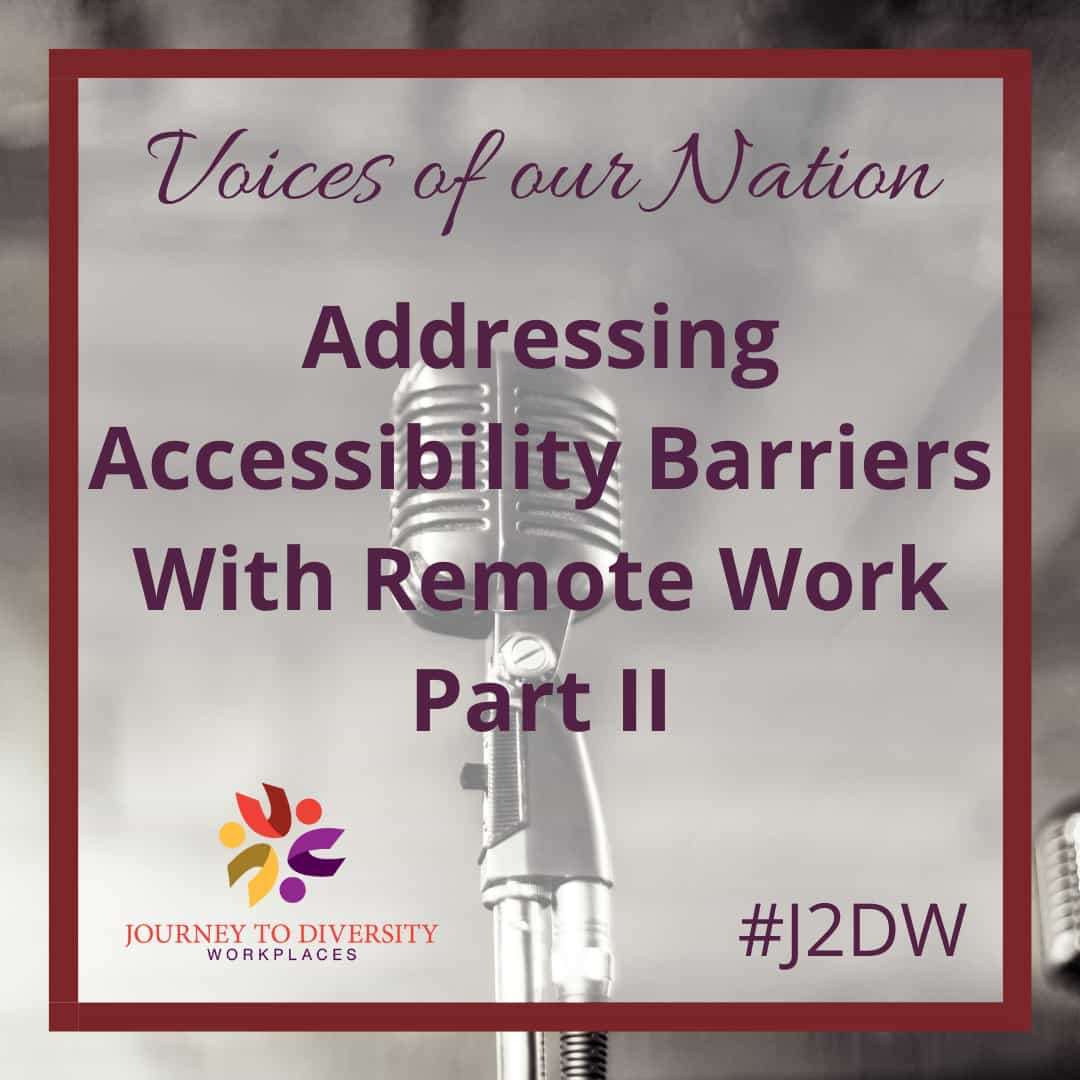In today’s society, acts of racial injustice in businesses and mainstream media have been surfacing at uncharitable levels due to the accessibility offered by social media. I log onto my Instagram or Facebook page and instantly am dumbfounded by the long threads of racial injustice, systemic racism, police brutality, and white privilege. While historically, this subject matter is not all so new, we now have the platform and resources to examine systematic racism towards people of colour, and work towards debunking the myth that people of white descent are the frontrunners of society. As a result, racial diversity in the workplace is being widely addressed in the sense that some companies have responded with acts of solidarity and a “changed perspective”. Although more companies are taking action to make our workplaces more diverse and inclusive, let’s face it, there is much work to be done. In today’s post, I am talking about the powers of Cross Cultural Training in the workplace, and how to conquer common biases. After all, in Canada the labor force is nearly 100% dominated by immigrants, which make up 80% of our entire population growth (Government of Canada 1).
Cross cultural training (CCT) may be a phrase you have never heard of in your life so let me polish the pearl here. This type of training directs our employees to overcoming cultural challenges at work, or in life, when being in the midst of coworkers whose culture, values and beliefs differ widely. In essence, CCT allows employees to break down barriers.
Most of us follow paths led by certain morals, beliefs, or a religion, which, if followed blindly, can establish barriers fueled by stereotypes for those different from us. Contriving preconceptions about others ceases our ability to grow as people, and stunt our understanding and willingness to learn about others. Through this form of training, other cultures are placed under a spotlight where all employees have the chance to learn about these unique cultures, and recognize the differences between how they present themselves and their motivations, vs how you would.
Secondly, building trust and a moral connection with a coworker is extremely important. I mentioned in a previous post about mental health in the workplace that once you start to open up, and establish a common ground with your desk partner, you may be able to produce better work, learn to communicate more effectively and a wide variety of other things. CCT results in greater trust. If I am someone who has recently immigrated or just has different beliefs than a coworker, I would feel comfortable knowing that my cultural viewpoints are respected, and I would feel comfortable pursuing my beliefs in a work environment. Once trust is established, altruistic tendencies tend to morph into greater cooperation and a more productive workplace.
CCT teaches employees the importance of hierarchy perception. I like to think of this as a way to simplify information, and make decisions. Creativity, and approaching a situation from different perspectives is something that every workplace needs within their decision making process, but a hierarchical system does not have room for visionaries and opinions. Those in greater power are often perceived as less open and more controlling of an employee’s approach towards workplace orders. Often, those coming from different walks of life have different ways to approach situations as a result of their past experiences. It is through CCT, that we teach how cultures perceive hierarchies, and lines not to cross within management. Hierarchy perception determines if a person in power has the right to actually be in that role which helps to promote diversity and inclusion, so that these decisions aren’t dictated by biases that have nothing to do with work, but rather the person.
So, you now have some knowledge on why cross-cultural training is valuable and how it can enhance productivity in a workplace, but the bigger question is, how can this training be presented to employees? Well, effective presentation is the most important thing here. When preparing a cross-cultural training program, employers should heavily take into consideration who they are actually presenting too. A workplace/audience may have multiple employees that don’t understand English as well as others, so, it would be appropriate to deliver the program in the language that each employee understands (a translator may be necessary in this instance). Prepare handouts or a slideshow with information and knowledge about one’s culture.
The ability to learn different aspects of a new culture is not something one can learn quickly, but it is also important to keep in mind that the employee that has recently immigrated or has different beliefs than you is doing the same thing. Encourage your employees to ask questions (in a respective manner). CCT should be able to combine native culture with foreign culture and have them intertwine in a beautiful manner.
Sources
Immigration, R. and C. C. (2022, June 6). Infographic: Immigration and Canada’s economic recovery. Canada.ca. Retrieved July 23, 2022, from https://www.canada.ca/en/immigration-refugees-citizenship/news/2022/02/infographic-immigration-and-canadas-economic-recovery.html
Palladino, P., Author Peter Palladino , (2021, March 3). How to create an effective cross-cultural training program. Sales & Marketing Management. Retrieved July 23, 2022, from https://salesandmarketing.com/how-create-effective-cross-cultural-training-program/
This article was written by summer student Bayden Summers and edited by summer student Ilesha Prabhudesai. This article was funded by the Government of Canada.


